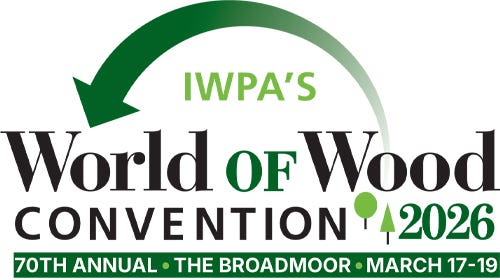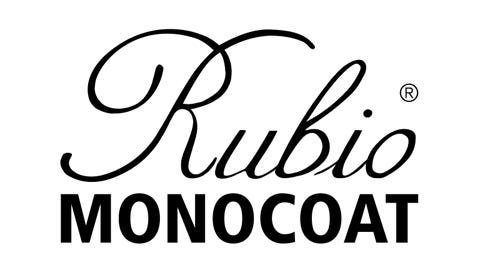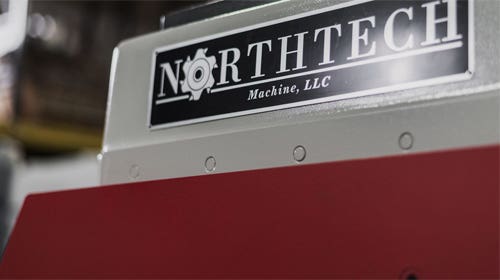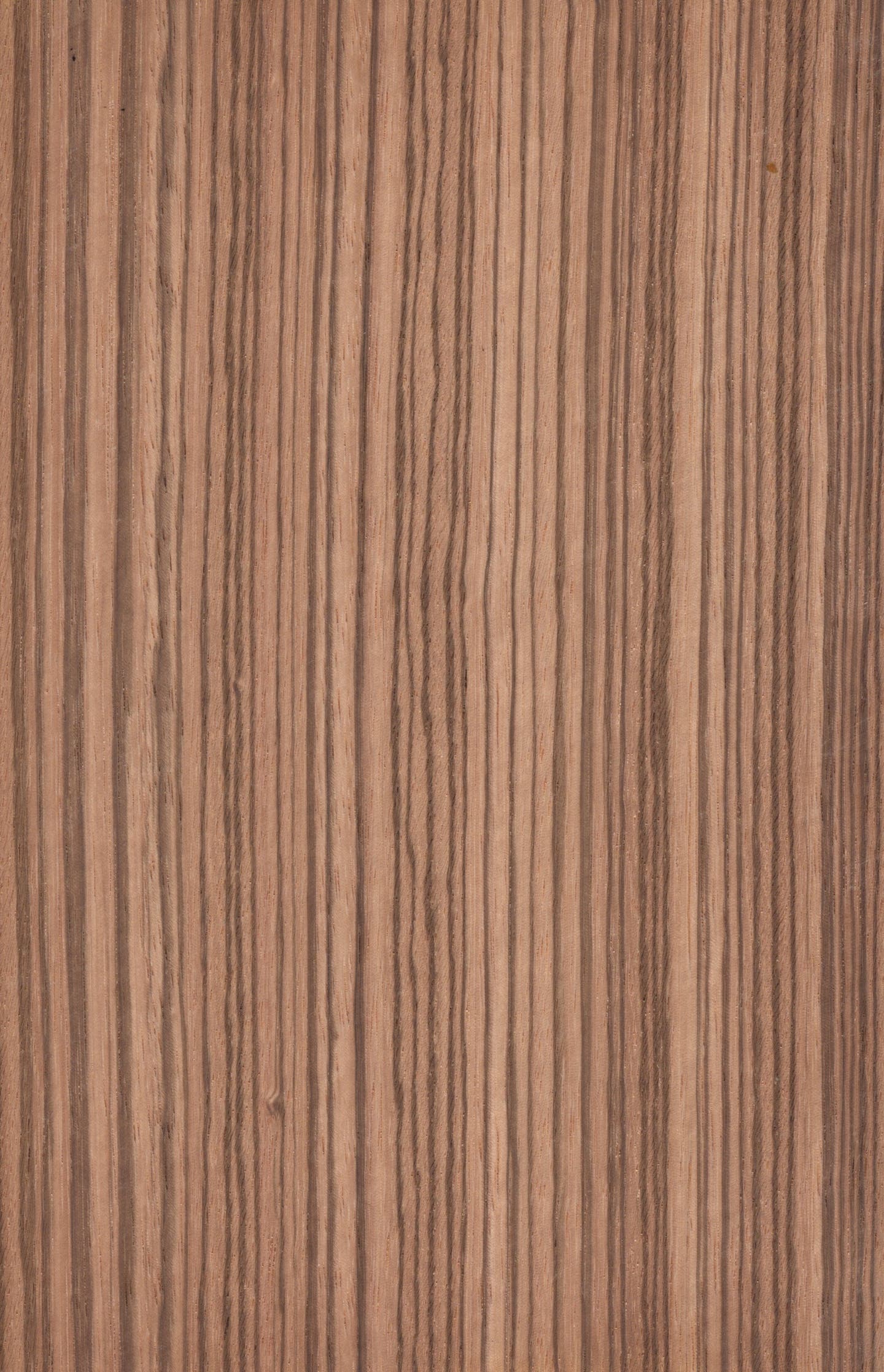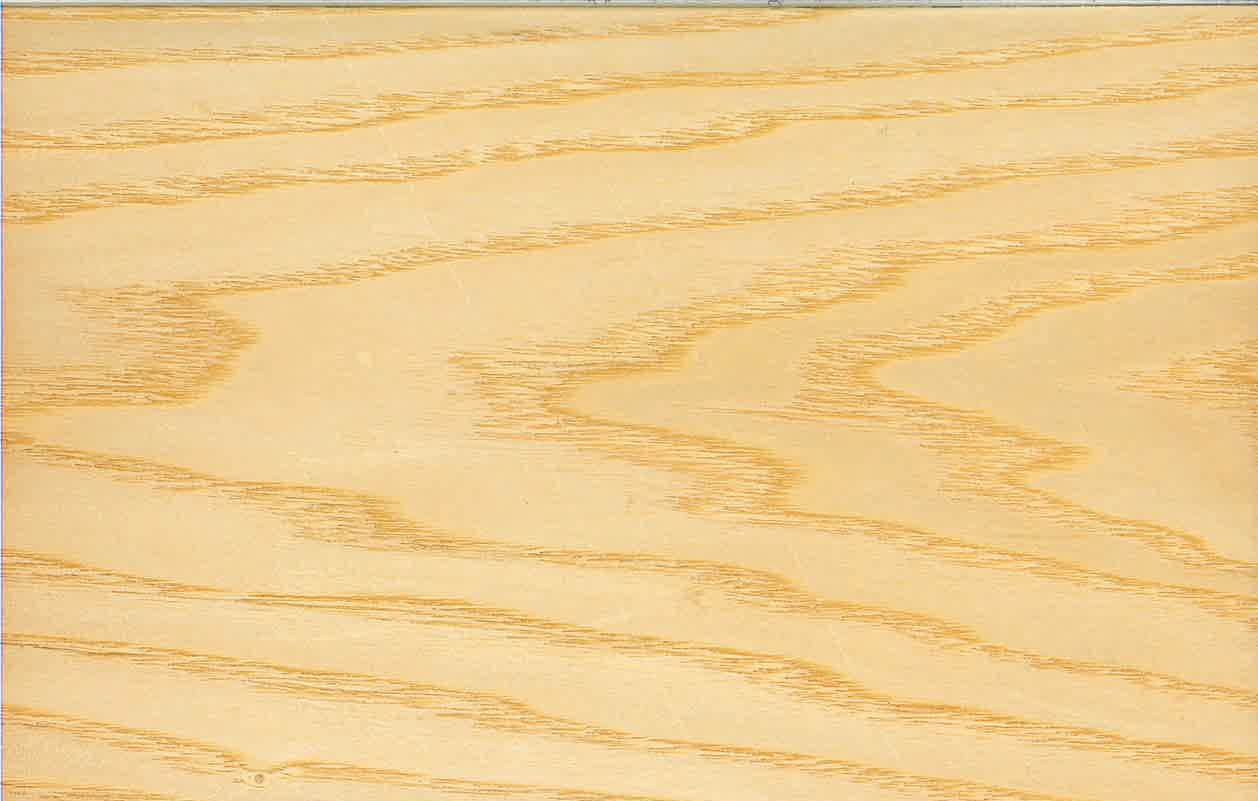Redwood stands tall for Western dealers
East of the Rocky Mountains, when people think about outdoor furniture or decking, they automatically think of pressurized wood, Western red cedar or ipe, which is the newcomer in the…
East of the Rocky Mountains, when people think about outdoor furniture or decking, they automatically think of pressurized wood, Western red cedar or ipe, which is the newcomer in the last few years. But there is another choice out there - an old choice actually - in redwood. According to the California Redwood Association, nearly three million bf of redwood was sold in the United States in 2009.
And for those worried about the ancient redwoods being cut down, they are protected and the redwood sold on the market today consists of second and third growth.
"Old growth is no longer harvested; all the old growth, the so-called virgin redwood basically is locked up for preserves, parks and national parks so they will never be subject to harvesting," says Charlie Jourdain, president of the California Redwood Foundation. "There are probably over 350,000 acres of redwood in California in state parks, national parks and preserves that will never be subject to any kind of interference other than hugging. That leaves well over a million acres of commercial forest that is dominated by second- and third-growth forest that are specifically harvested and reforested basically in a sustainable or perpetual manner to generate timber. There are a variety of different third-party certification programs that are used; two dominant ones [FSC and SFI]. It is almost exclusively used for outdoor living - decking, fencing, trellises, patio furniture and things like that.
"What we sell mostly these days is the burl portion of the log. And that seems to be the largest call or need for redwood, at least from a decorative standpoint for furniture, is the burl," says Greg Engle, sales manager for Certainly Wood in East Aurora, N.Y.
Redwood is a softwood that grows along a narrow band stretching about 500 miles along the California coast and less than 20 miles into southern Oregon. The tree rarely grows more than 35 miles from the Pacific Ocean and flourishes on the humidity and fog that rolls in from the coast. Redwood (Sequoia sempervirens), is also known as coastal redwood and California redwood, and is related to the famous giant sequoia (Sequoiadendron giganteum), which is primarily located in national parks or reserves. Redwood is the state tree of California and trees grow to heights of 300' with diameters up to 15'. It is the world's tallest tree and among the oldest. The bark of a redwood can grow to be 1' thick.
The heartwood is light red to a dark reddish-brown and the narrow sapwood is nearly white. The heartwood and sapwood are graded independently and redwood has its own grading system of about 30 grades. There are knot-textured garden grades on the low end, architectural grades on the high end. Clear all heart redwood is the highest grade of redwood and comparable in many ways to the FAS hardwood grade.
"Redwood is not normally used for home construction in terms of studs, joists, rafters. It is used where its attribute of durability, stability and beauty are important," Jourdain says. "It's graded in what we call general-purpose grades by the Redwood Inspection Service. The grades of construction heart and construction common [sapwood without restrictions] probably make up 90 percent of the redwood production."
Construction heart such as 2x6 decking material sells for $1.50 to $1.69/bf. Redwood burl is usually sold by the pound, with a large range of prices, depending on the intensity of the burl.
— Brian Caldwell


